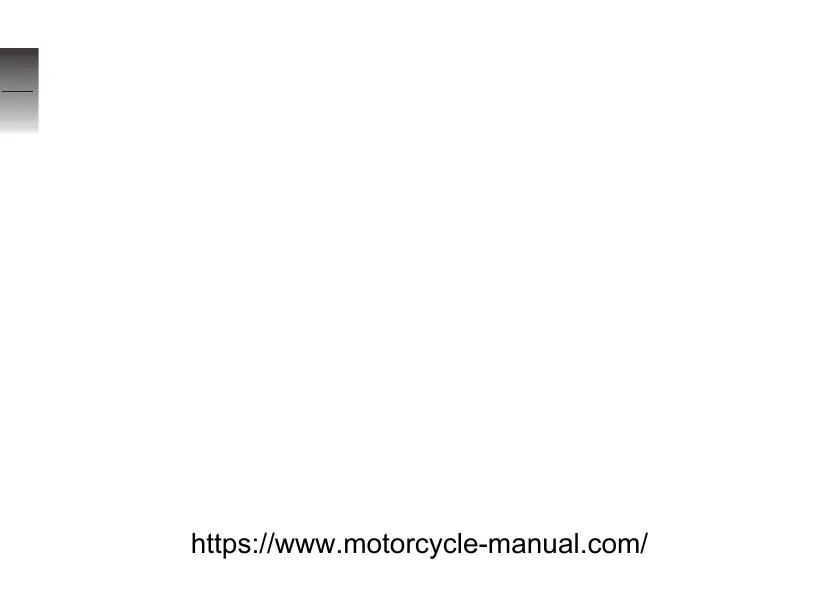
 Loading...
Loading...
Do you have a question about the BMW C 400 X and is the answer not in the manual?
| Displacement | 350 cc |
|---|---|
| Transmission | CVT |
| Fuel System | Electronic Fuel Injection |
| Front Suspension | Telescopic fork |
| Front Brake | Single disc, 265 mm |
| Rear Brake | Single disc, 265 mm |
| ABS | Standard |
| Front Tire | 120/70 R15 |
| Rear Tire | 150/70 R14 |
| Seat Height | 775 mm |
| Fuel Capacity | 12.8 liters |
| Width | 835 mm |
| Engine Type | Single-cylinder, four-stroke |
| Max Power | 34 hp (25 kW) @ 7, 500 rpm |
| Max Torque | 35 Nm |
| Rear Suspension | Double swingarm |
| Weight | 204 kg |
| Length | 2, 210 mm |
| Height | 1, 305 mm |
| Wheelbase | 1, 565 mm |
Instructions for locking the handlebars and operating the ignition switch.
Details on operating the ignition system using the Keyless Ride feature.
Instructions for operating the heated grips for rider comfort.
Step-by-step guide for replacing the battery in the key fob transmitter.
Explanation of operating elements and functions controlled by the Multi-Controller.
Procedure for linking Bluetooth devices, including conditions and steps.
Instructions for controlling music playback using the motorcycle controls.
General information about the anti-theft alarm system (DWA).
Steps for activating the anti-theft alarm system.
Details on how the alarm function is triggered and its signals.
Guidance on setting the spring preload based on load.
Essential safety precautions for the rider, including clothing and load.
Pre-ride checklist to ensure the motorcycle is ready for operation.
Instructions for starting the engine and the Pre-Ride-Check procedure.
Instructions for parking the scooter using side stand and center stand.
Detailed steps for refueling the motorcycle, including fuel type and capacity.
Explanation of how the ABS system works and its design features.
Explanation of how the ASC system works and its special situations.
Instructions on how to mount the front wheel stand.
Procedure for checking the engine oil level using the dipstick.
How to check the brake levers for proper operation and pressure points.
Guide for visually inspecting the thickness of the front brake pads.
Procedure for checking the coolant level in the expansion tank.
Instructions for checking tire pressure for front and rear wheels.
Information on BMW Motorrad tested and approved tire makes.
General information and cautions regarding the use of accessories.
Guidance on installing and operating the navigation system.
Guide to diagnosing and resolving common issues with the motorcycle.
Technical details of the front and rear brake systems.
Procedure for reporting safety defects to NHTSA and BMW.
Information on BMW Motorrad's global service network and retailer expertise.
Recommended schedule for all maintenance services.